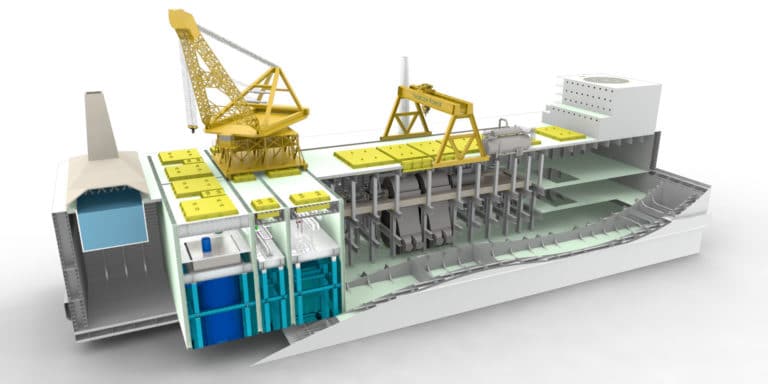Who will be ThorCon’s EPC contractor?
By Jack Devanney Engineering, procurement, and construction (EPC) contractors have led recent nuclear plant projects into disasters. Deca-billion dollar cost overruns. Schedules doubling. Some projects being cancelled after squandering billions of dollars. Giant corporations facing bankruptcy. This raises the obvious question: if Westinghouse can’t build a standard nuclear power plant, how in the world will a start up like ThorCon…


